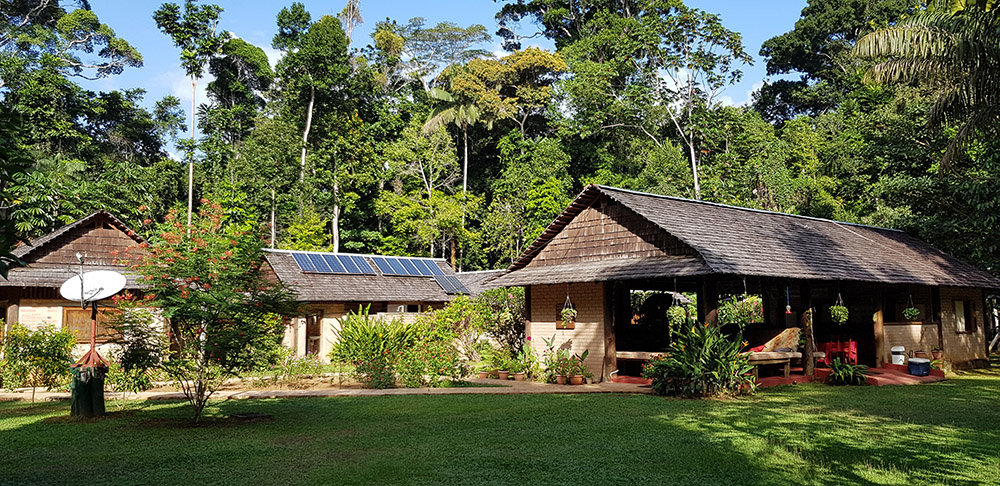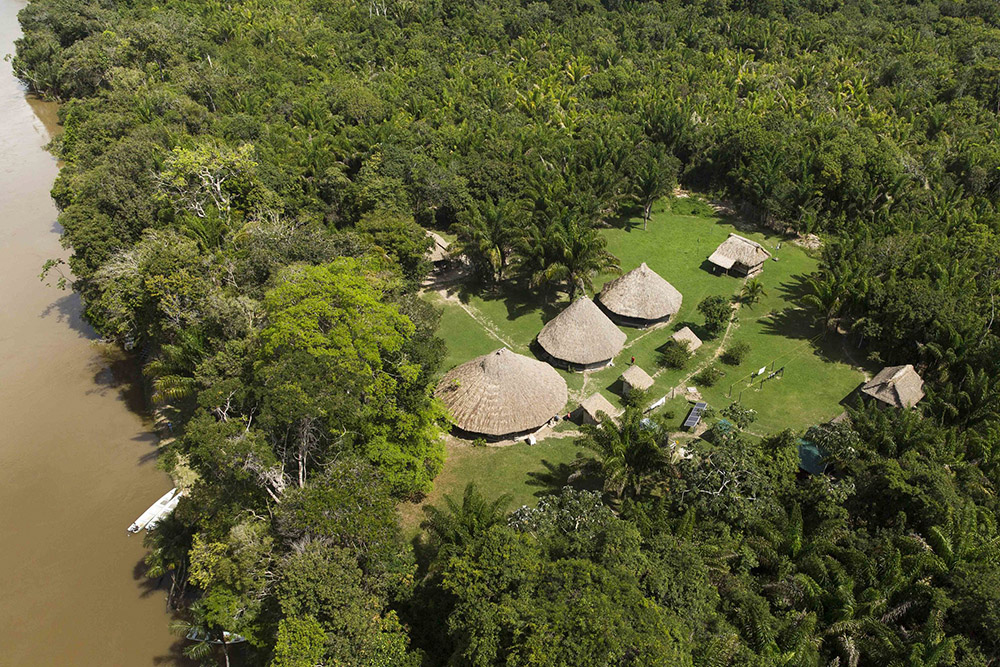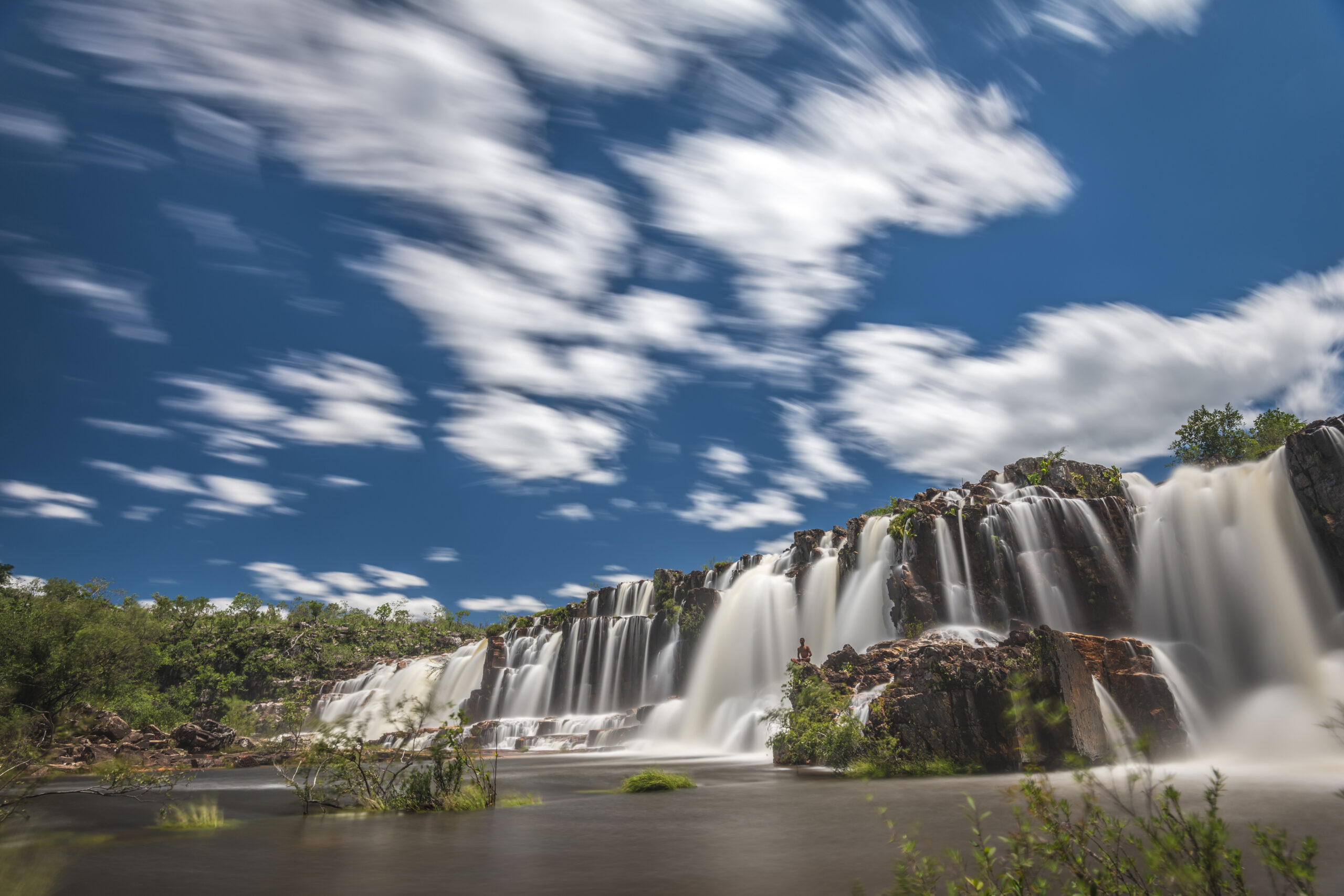The Guianas: Explore one of the least-known and least-visited corners of South America.
This month we are exploring South America’s Last Frontiers and all the unexplored beauties of its culture, beauties. We invited Claire Antell-Thorne, UK Representative Wilderness Explorers, to give us an introduction to the region and some first-hand local tips on the region, through the eyes of an enthusiast of The Guianas.
To travel through all three Guianas is to explore one of the least-known and least-visited corners of South America. Wedged between Brazil and Venezuela and the Atlantic on the north-east shoulder of South America, the largely-undiscovered destinations of Guyana, Suriname and French Guiana are a rich melting pot of cultures, religions and races shaped by their indigenous communities and extraordinary colonial footprint. Truly off the beaten track and set against a backdrop of stunning scenery, pristine wildlife and wild adventures, this trio of nations in one of the most hidden parts of the continent can easily be visited in one trip. This is a far-flung region where tourism is still somewhat undeveloped and the infrastructure lacks the sophistication and variety of choices of other more geared-up Caribbean and Latin American destinations. Instead, the focus is the privilege of being in a raw and unspoilt region where nature, adventure and cultural tourism predominate which relatively few travellers have explored. To travel here is to make adventurous journeys, often by riverboat, mountain paths, rough roads and small planes and to stay in comfortable but not glossy lodges where your tourist dollar often goes back straight to the communities as opposed to large international chains.
A tour across the three Guianas allows a chance to sample many different cultures, languages and cuisines against a backdrop of a fascinating, if often painful, history, shaped by the story of explorers in search of El Dorado, the dark chapter of sugar, slavery and colonialism, Devil’s Island penal colony made famous by Henri de Charrière’s Papillon, the Guiana Space Centre in Kourou and the beguiling charms of the three very different capitals along the coastal fringes. Further inland there are adventures to be had in the wilderness, expeditions on foot and by car, by plane and by horseback.
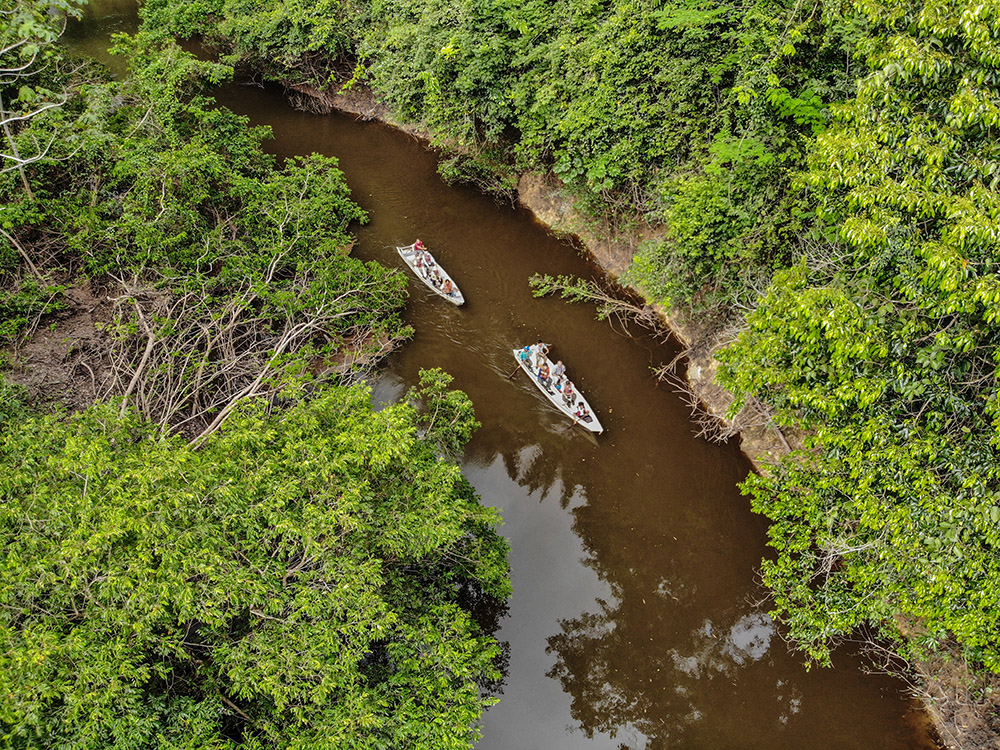
Wildlife
The three Guianas are part of the Guiana Shield, one of the world’s oldest and most biologically diverse areas dating back 1.7 billion years which extends from parts of Colombia to Brazil. Covered with more than 80% untouched rainforest, these lands of many giants are home to the Neotropic Big 5 of the jaguar, black caiman, giant river otter, giant anteater and the impressive harpy eagle, the largest raptor in the Americas. Here biologists discover every year new species to science, little golden frogs live their entire lives in the same giant bromeliad and the mighty prehistoric arapaima fish comes up for air in the giant lily-strewn lakes of the savannahs. The ‘Wild Coast’ along the three Guianas is one of the most-important nesting grounds on the planet for four species of turtle, including the Giant Leatherback, as well as home to the Guiana Dolphins that swim in the Suriname River and at least 15 other species of whales and dolphins.
A wildlife tour in the 3 Guianas can take you to a houseboat on the marshes of Kaw in French Guiana, the isolated ranches of the wildlife-rich savannahs of the Rupununi in Guyana and emerald green rainforests such as Iwokrama that resembles broccoli forests from the summit of nearby Turtle Mountain. Here your senses will be bombarded by the sights, scents and sounds of the jungle, including the extraordinary screech of the red howler monkey, the world’s loudest mammal and a glimpse of the Goliath Bird-eating Spider, bigger than a human hand and the largest spider by mass in the world, found close to the charming lodge at Rewa, reached only by river. During your tour across the region you can visit the stunning remote Kaieteur Falls in Guyana which is almost 5 times the height of Niagara and is home to thousands of swifts who swoop down to roost behind the falls at dusk. River journeys on bronze-tinted waters will take you to oxbow lakes where giant waterlilies open as the sun sets and nature unfolds around you as you drift back to the ranch at Karanambu or Caiman House looking at the stars and spotlighting for caiman, tree snakes and night-birds along the banks. The wildlife-viewing opportunities and quality of guiding are generally best in Guyana, where many of our Amerindian guides are delighted to show you the wildlife of the rainforest, rivers and savannahs through their eyes and share with you some of the myths and stories of the flora and fauna. Turtle and dolphin-watching are currently easiest in Suriname and French Guiana. Birdwatching in Guyana is particularly rewarding even for less-experienced neotropical birders due to the large number of widespread species that can be seen as well as the specialties such as the rare sun parakeet and red siskin. Even non-birdwatchers get caught up in the excitement of seeing the stunning orange Guianan cock-of-the rock, the many species of colourful parrots and the mysterious and imposing harpy eagle.
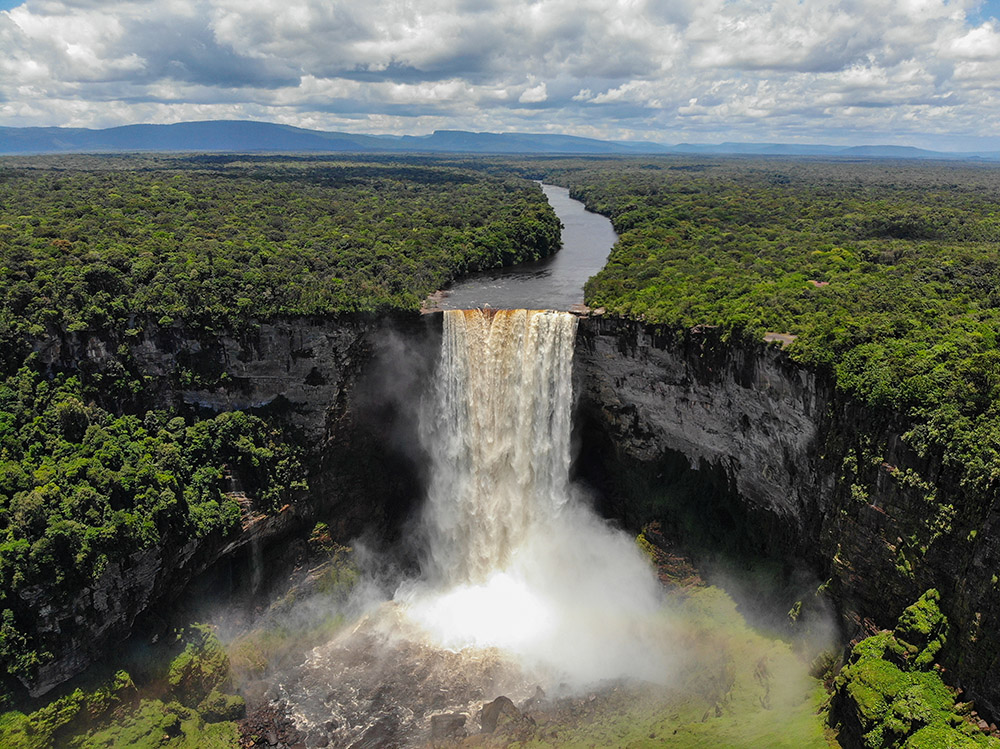
History and culture
Combine this with the intoxicating yet dark history of a region that was shunned by the conquistadors and left to the Dutch, French and British to fight over and carve out into three colonies of valuable sugar plantations in the 17th and 18th centuries. Slave rebellions, the abolition of slavery and the subsequent arrival of indentured labourers followed by the struggle to escape colonial rule have shaped the history, economies and politics of the region. This has resulted in a unique blend of English, French and Dutch-speaking nations, peppered with indigenous villages and pockets of Asian and African communities. Where else can you sample delicious Indochinese soup in a Hmong Market at Cacao bought with Euros in the South American outpost of metropolitan France that is French Guiana ? Or eat peanut soup in an African community such as Danpaati deep in the forests of Dutch-speaking Suriname and hear songs sung by the Maroons? Or attend a duck curry festival and eat curry and roti washed down with rum or beer overlooking the rice-fields of Guyana or in a backyard café in Georgetown, at the crossroads of the English-speaking Caribbean and South America? These three countries offer an enigmatic fusion of festivals, rodeos, Amerindian heritage celebrations and the world’s longest Carnival, in French Guiana.
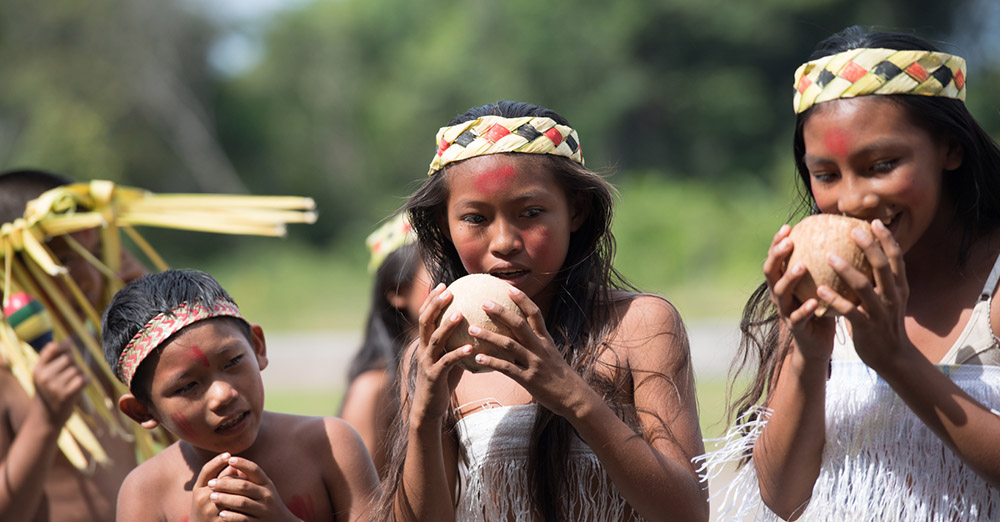
Travel planning
This is a very rich and rewarding destination to explore but often it is easiest to book an organised tour, be it in a group or on a private basis, so that the logistics and any visas are taken care of allowing you to simply relax and enjoy the very different experiences each country has to offer. In French Guiana English is not always spoken except in the hotels and restaurants in Cayenne so English-speakers may choose to pre-book an English-speaking guide where possible through their operator.
Although tantalisingly close to each other, to travel across the three countries requires careful planning, as although it is possible to fly easily between Guyana and Suriname, it is not possible to fly between them to French Guiana. Instead, there are exciting overland journeys to be made and river border crossings to had, such as that between Suriname and French Guiana where you feel like you have not just crossed a river but an entire ocean once you have left the dusty Surinamese outpost of Albina and arrived at the very French customs office in Saint-Laurent du Maroni. To fly to Cayenne on a plane from Paris is to have taken a domestic flight complete with its cargo of French papers, cigarettes, wine and bread. This is travelling not only geographically but in time, between different former colonial powers and between different languages with visa requirements different for each of the different nations.
The fine print all subject to change especially since the pandemic
Currently citizens of the US, Canada, UK and most of Europe do not require visas for Guyana or French Guiana. For entry to Suriname visa regulations are different and should always be checked before travel. For travellers from North America, the UK and most of Europe single-entry tourist cards which are valid for 90 days are available on entry at Johan Adolf Pengel Airport in Paramaribo. Some nationalities will need to apply for visas before travel including Australians. To get a visa or a multiple-entry visa before arrival into Suriname may be easiest if arranged through your local operator and this can often most easily be done if the trip across the three Guianas begins in Georgetown where there is a Surinamese Embassy where the necessary paperwork can be issued. A Yellow Fever certificate is required for travel throughout the three Guianas. Covid restrictions and protocols are stringent in each country – check with us for an update.
To travel in the Guianas is to travel to places with limited accommodation so pre-planning is always recommended to ensure getting availability at the best time of year. The best season is September through to April, with the main wet season traditionally occurring between May and July and a short rainy season on the coast in December-January. Air access to the region from Europe and North America is improving with airlines such as American Airlines and Copa Airlines flying frequently to Georgetown and talk of other carriers coming to Guyana now that there is extensive offshore oil production bringing much-needed dollars. Currently from the UK the easiest access is still through Barbados, Port of Spain or the States. Flying from Europe, there are frequent scheduled flights with KLM to Paramaribo and Air France to Cayenne making it possible to fly in or out of Cayenne in French Guyana and Paramaribo in Suriname on KLM combined with an overland journey between the two capitals. There are regular flights each day between Georgetown and Paramaribo making it easy to include Guyana in a three Guianas trip.
Our Discovering the Hidden Guianas as fast-becoming our best-selling scheduled group tour:
Key wildlife:
Jaguar, Guianan cock-of-the rock, giant anteater, red howler, turtles and dolphins, goliath-eating bird spider and black caiman.
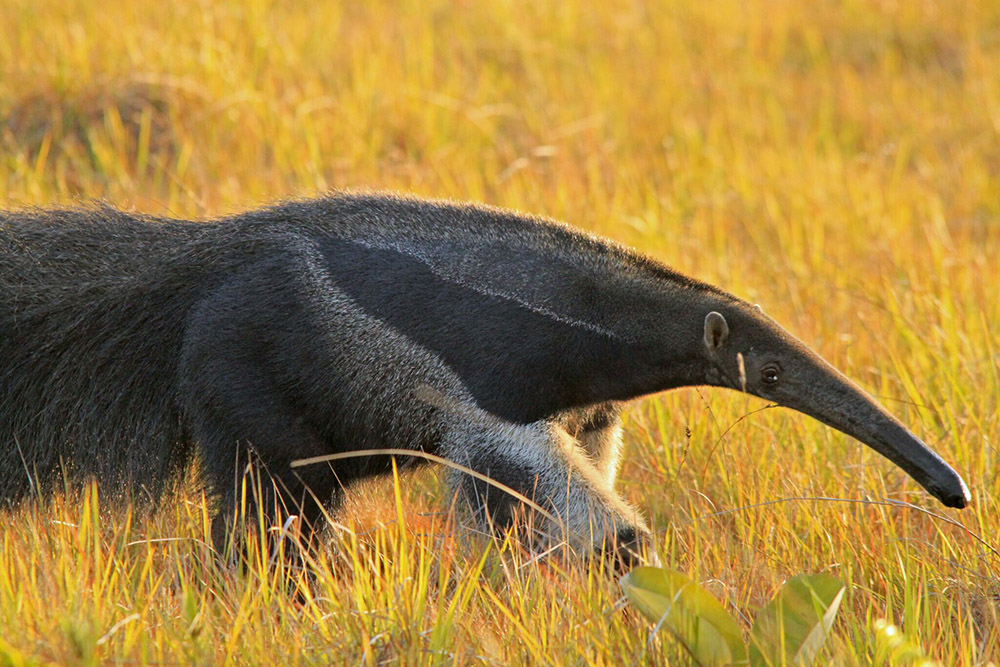
Key places:
Guyana: Kaieteur Falls, Iwokrama Canopy Walkway, Atta Rainforest Lodge and Canopy Walkway, the Backyard Café
Suriname: Dolphins, turtles, Paramaribo, Danpaati Lodge
French Guiana: Devil’s Island, Cacao Hmong Market, the Space Centre
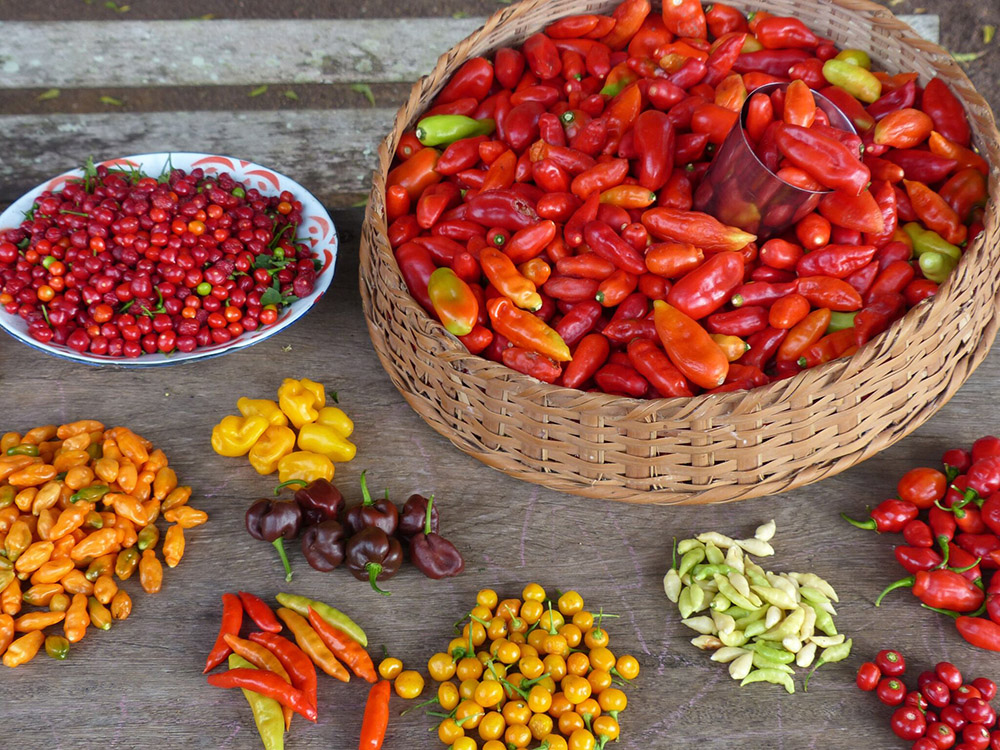
Key food and drink:
Rum and seven curry from Guyana, Parbo beer and Indonesian and Maroon food from Suriname, Hmong noodles from French Guiana, wine and baguettes.
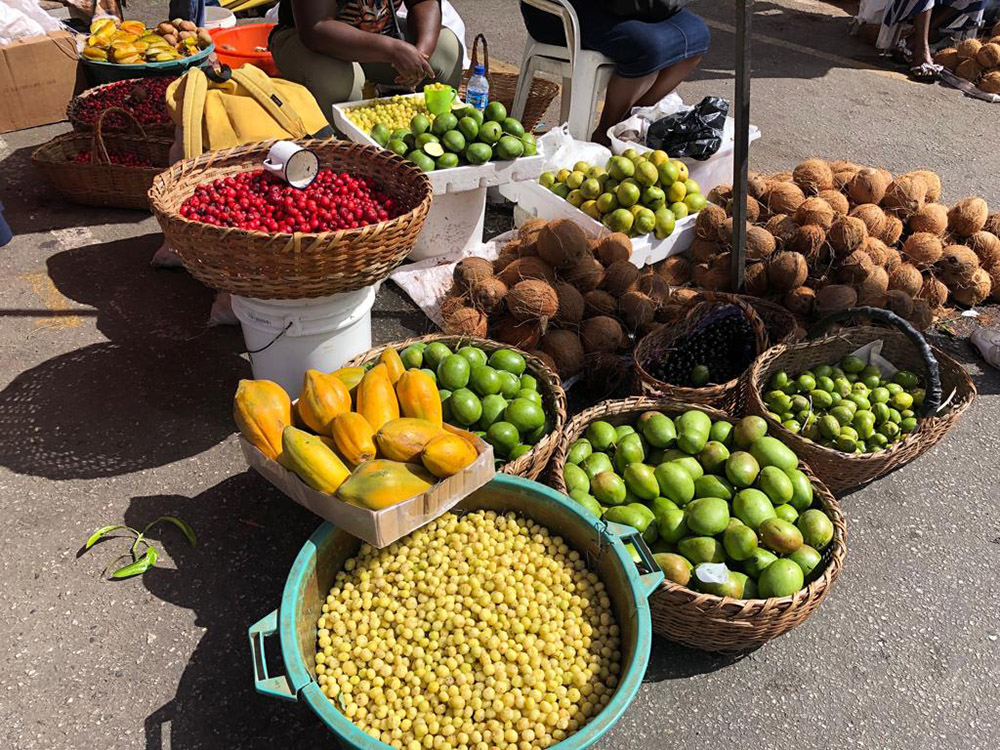
Key culture:
Rodeos of Guyana, multi-faith temples and festivals of the region, stunning architecture of Georgetown and Paramaribo, French Guiana carnival, dances and drums of the Maroons.
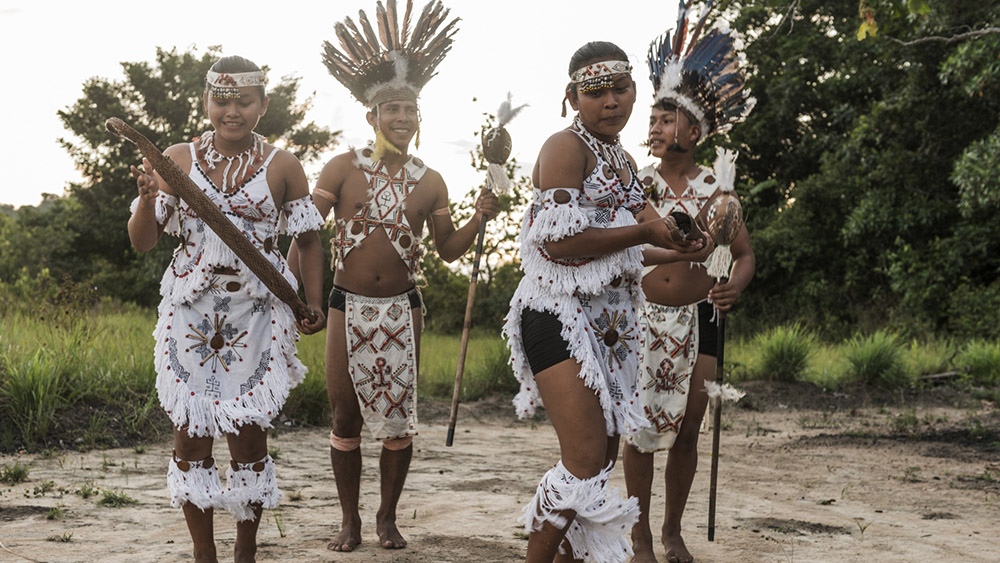
Key lodges:
Some featured in the Discovering the Hidden Guianas
Guyana: Surama, Atta Rainforest, Rewa, Cara Lodge.
Suriname: Danpaati River Lodge.
